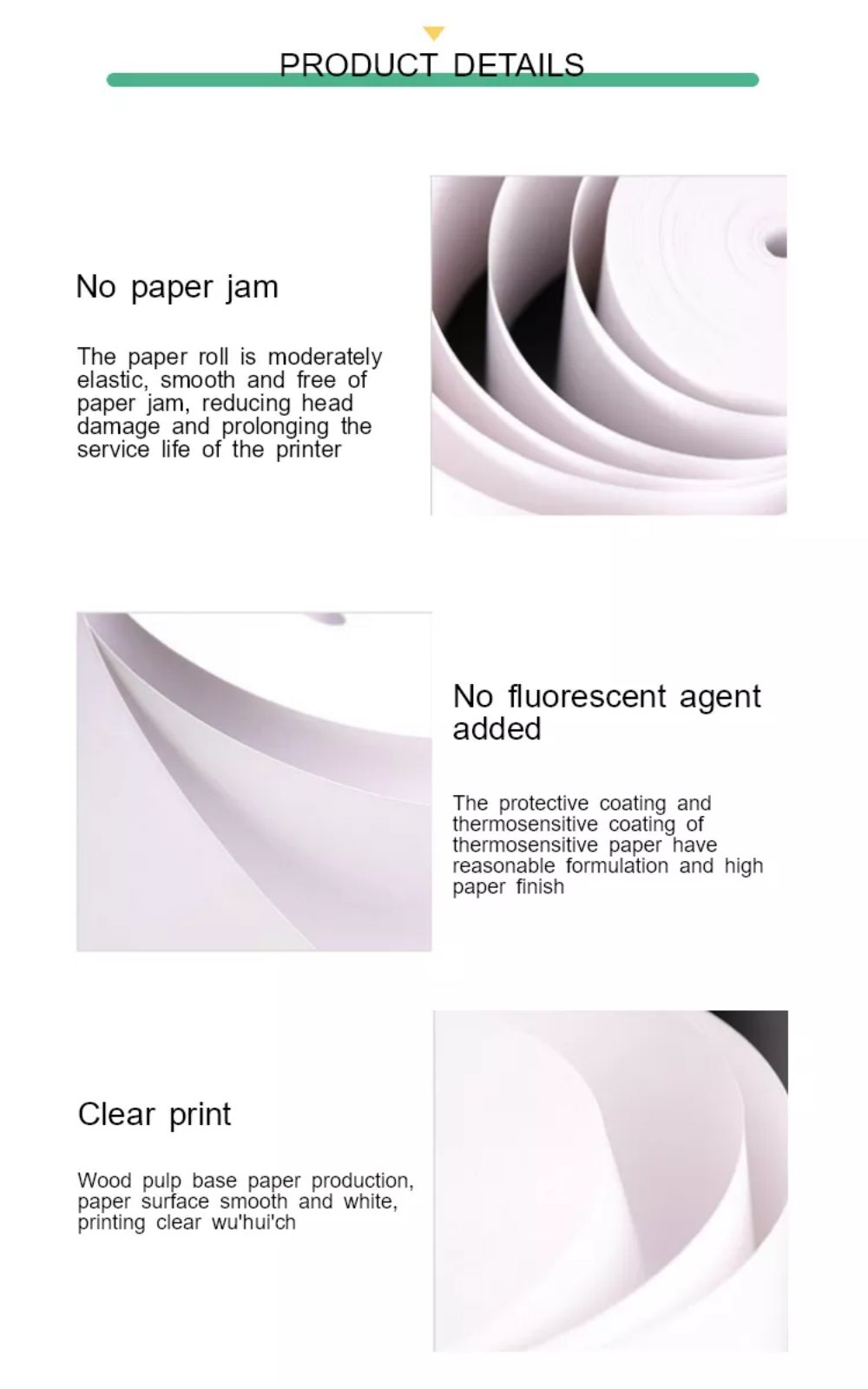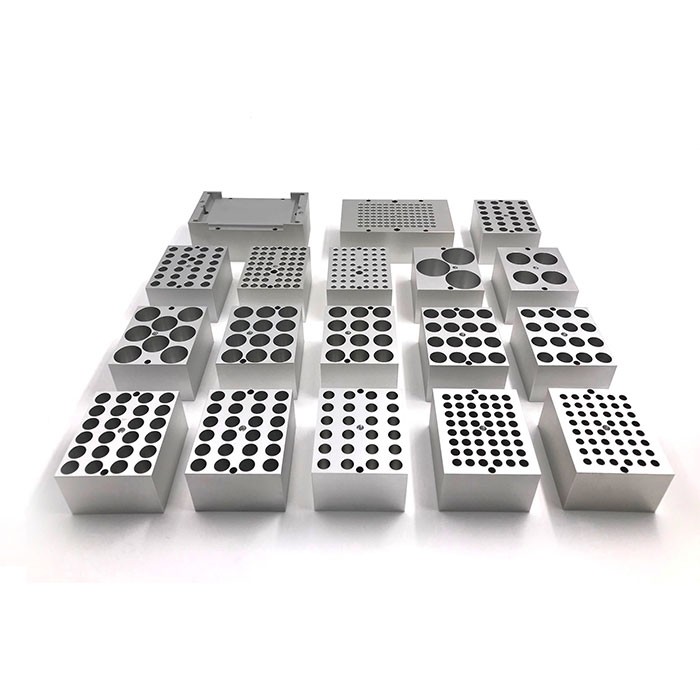Join 1 Million+ Nurses and Nursing Students to Inform and Uplift the Profession
Being able to read an EKG or ECG is an important skill for nurses. But looking at a 12-lead EKG/ECG can put your own heart into a lethal rhythm. Nurses are usually the first ones to read that “hot off the press” EKG tracing. This article will explain everything you need to know about EKG readings. Ecg Clinical Paper

This article has been reviewed by our panel of experienced registered nurses:
It’s important to know that there is no difference between an ECG and an EKG. Both refer to the same procedure; however, one is in English (electrocardiogram – ECG) and the other is based on the German spelling (elektrokardiogramm – EKG).
Before interpreting an EKG, it is important to know what an EKG is and its importance. An EKG/ECG is a representation of the electrical activity of the heart muscle as it changes with time, usually printed on paper for easier analysis. The EKG/ECG is a printed capture of a brief moment in time.
A 12-lead EKG is considered the gold standard; however, a 4-lead EKG can also diagnose different heart conditions.
EKGs can be used to diagnose heart attacks, heart problems including electrical malfunctioning, and other heart problems. They are often used to diagnose heart problems in combination with an echocardiogram or echo.
>> Related: How to Become an EKG Technician
Get 5 FREE study guides from Simplenursing.com - fill out the form for instant access! 1. Fluid & Electrolytes study guide 2. EKG Rhythms study guide 3. Congestive Heart Failure study guide 4. Lab Values study guide 5. Metabolic Acidosis & Alkalosis study guide
Get 5 FREE Study Guides! First Name: Email: License/Degree: CNA LPN Nursing Student RN (Diploma) RN (ADN) RN (BSN) MSN DNP None Other By clicking download, you agree to receive email newsletters and special offers from Nurse.org & Simplenursing.com. You may unsubscribe at any time by using the unsubscribe link, found at the bottom of every email. Your request has been received. Thanks!
By clicking download, you agree to receive email newsletters and special offers from Nurse.org & Simplenursing.com. You may unsubscribe at any time by using the unsubscribe link, found at the bottom of every email.
Your request has been received. Thanks!
How do you know when you need to act immediately or can wait for expert consultation? Here are seven tips to help you gain confidence in interpreting what you see.
This must come first! There are many clues you can learn when obtaining the EKG that will help you analyze and act on what you see.
Looking at a sheet of paper with a tracing on it does not provide enough information. A heart rate of 38 can be normal in an athlete.¹ But it also can require an immediate pacemaker insertion if accompanied by chest pain, shortness of breath, and an EKG/ECG interpretation of third-degree heart block.²
Don’t sweat all the complex details when you are first beginning to read and interpret EKGs. A normal heart rhythm contains a P wave, a QRS, and a T wave.³ Knowing the normal amplitude, deflection, and duration of each component is essential to accurate rhythm and EKG/ECG interpretation.
Find Nursing Programs Current Degree Current Degree No Degree/License ADN (RN) BSN (RN) MSN (RN) LPN/LVN Medical Assistant CNA Paramedic Other Desired Degree Desired Degree Show Me Programs
The twelve leads show the electrical current through the heart from different planes. Think of each lead as a different snapshot of the heart you are trying to interpret.
There are six limb (I, II, III, AVR, AVL, AVF) leads and six precordial (V1-V6) leads. The limb leads look at the heart from a vertical perspective; the V leads show a horizontal perspective.
Keeping this in mind will help you to interpret what you are seeing and identify which areas of the heart may be “hurting” or have damage.
Approach your analysis to a 12 lead EKG/ECG the same way every time.
First, determine the rate, and if any tachycardia (more than 100 beats/minute) or bradycardia is present (less than 60 beats/minute).
Next, determine whether your rhythm is regular or irregular; you can use calipers if you have them or use a simple piece of paper and track your P waves and QRS complexes with a pencil mark and see if they march along or have gaps.
If a patient has a regular heart rhythm, determine their heart rate by,
If the heart rhythm is irregular, then you will not be able to use the aforementioned method. Instead, a different method will need to be used,
This will identify the average number of complexes in one minute.
After determining this, next decide if your rhythm is fast or slow, irregular or regular (more on this in the next section).
Lastly, examine the ST segments for any elevation or depression; again, you can use a sheet of paper to help you evaluate this. If you can tell elevation or depression without the help of paper, be prepared to act and inform the provider immediately.
Join 1 Million+ Nurses and Nursing Students to Inform and Uplift the Profession Plus, get exclusive access to discounts for nurses, stay informed on the latest nurse news, and learn how to take the next steps in your career. License/Degree CNA LPN RN (Diploma) RN (ADN) RN (BSN) MSN DNP None Other Join Now
Plus, get exclusive access to discounts for nurses, stay informed on the latest nurse news, and learn how to take the next steps in your career.
Look at the EKG/ECG to see if the rate is regular and how fast the heart is beating; both are important for rhythm interpretation. The pace at which a rhythm is conducting can help determine the stability of the rhythm. A stable rhythm often correlates with a stable patient. Slow or fast can be “good” or “bad” depending on the patient presentation and corresponding rhythm.
Rate is usually determined by which electrical circuit is “conducting” the heart. Rhythms conducted above the atria are usually above 60 and tend to be abnormal when the rate is fast (atrial flutter, atrial fibrillation, supraventricular tachycardia). Rhythms conducted below the atria are slower and tend to be unstable when the rate is irregular (heart blocks).
Another comment about rate: know what medications your patient is taking. Many heart medications have beta-adrenergic effects which correlate to slower heart rates such as beta-blockers.
It is important to determine if a heart rate is regular or irregular. A regular heart rhythm has all of the aspects previously discussed.
Irregular rhythms can be either:
In order to determine if a rhythm is regular, mark out several consecutive R-R intervals on a piece of paper, then move them along the rhythm strip to check if the subsequent intervals are the same.
Get 10% OFF Nursing School Study Guides From nurseinthemaking.com! Fill out the form to get your exclusive discount.
The axis of an ECG is the major direction of the overall electrical activity of the heart. The QRS complex is used to identify this. There are several different findings related to the axis including,
Causes related to left axis deviation include,
Causes related to right axis deviation include,
When evaluating lethal rhythms on a 12 lead EKG, it is important to remember the rhythm alone can be lethal as well as what the EKG/ECG is showing you in terms of heart function.
A rhythm that does not perfuse well can lead to impending heart failure quickly if not addressed.
Some dangerous heart rhythms are:
Other potentially concerning heart rhythms are:
When it comes to heart function, the view (lead) you are looking at will determine which part of the heart you are trying to interpret. This is especially important when analyzing ST segment abnormalities. The location of the infarct determines what treatment should be used to improve oxygenation to the heart to minimize damage.
Enter to Win Nurse.org's $1,500 "No Essay" Nursing Scholarship!
There are many awesome resources available for review, as well as practice EKG tracings to perfect your skills.
The more familiar you are with different rhythms, the easier interpretation becomes. Don’t forget your colleagues are great resources as well; let them know you are working on your 12 lead EKG interpretation skills and ask them to save interesting tracings for your review.
A favorite EKG interpretation resource is ECG Interpretation Made Incredibly Easy. I also really like websites that let you practice rhythm strips and EKG interpretation for free like PracticalClinicalSkills.com.
Yes, this is a repeat, but it is an important repetition. The most stable looking rhythm can be lethal if it doesn’t match what your patient is telling you. And if your EKG findings are in complete disconnect from what you are seeing with your patient, you should also double-check your leads to make sure they are on correctly, have not come loose, or have any disturbance, as correct lead placement is critical to accurate interpretation.
Trust your gut; nurses have great intuition skills—don’t be afraid to ask questions and seek more information when you feel something isn’t right.
We like this EKG Ruler Vertical Badge ID Card Pocket Reference Guide ECG and many of our nurse friends do, too! It includes an overview of EKGs, basic terminology, and an EKG ruler.
This section includes affiliate links.
EKG/ECG proficiency is required for many nursing jobs. Telemetry, cardiac, and stepdown units all require some level of proficiency. Nurses interested in working in the intensive care unit or cardiac care unit are required to be proficient in reading EKGs. These jobs are also in high demand.
Or perhaps you are ready to take the next step in your nursing career through an RN to BSN or RN to MSN program. Use our search tool to find the right program in your area.
>>Related: Top 10 EKG Technician Certification Programs
Find Nursing Programs Current Degree Current Degree No Degree/License ADN (RN) BSN (RN) MSN (RN) LPN/LVN Medical Assistant CNA Paramedic Other Desired Degree Desired Degree Show Me Programs
*This website is provided for educational and informational purposes only and does not constitute providing medical advice or professional services. The information provided should not be used for diagnosing or treating a health problem or disease.
Looking for a change beyond the bedside? Check out our list of the top non-bedside nursing careers
You know all nursing jobs aren’t created (or paid!) equally, but do you know which nurses are making the most money in 2023?
We've looked at programs nationwide and determined these are our top schools
We had nurses wear top-rated shoes to work and give their honest reviews. These are the best nursing shoes as rated by nurses.
At nurse.org, we believe that no one knows nurses better than, well, nurses. That's why we rely on registered nurses and other experienced healthcare professionals to write our content whenever possible. We strive to be the go-to source for nursing news, trending topics, and educational resources. That means that you can trust us to have reliable, up-to-date information that's continuously reviewed to ensure it’s as relevant and accurate as possible.
Join 1 Million+ nurses and nursing students to inform and uplift the profession
Copyright © 2023 Full Beaker, Inc
Plus, get exclusive access to discounts for nurses, stay informed on the latest nurse news, and learn how to take the next steps in your career.

110mm*20mm Ecg Paper By clicking “Join Now”, you agree to receive email newsletters and special offers from Nurse.org. We will not sell or distribute your email address to any third party, and you may unsubscribe at any time by using the unsubscribe link, found at the bottom of every email.